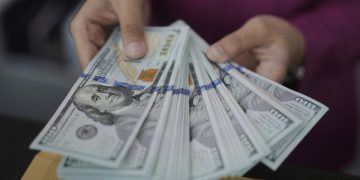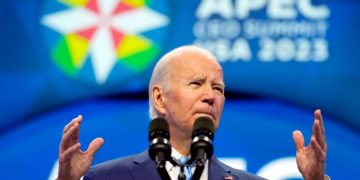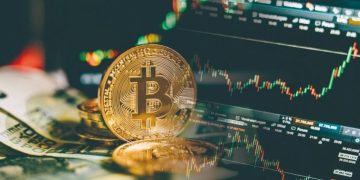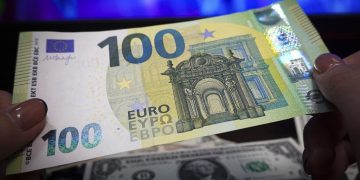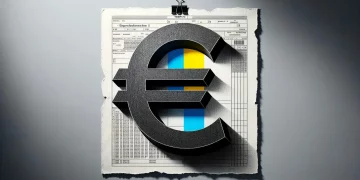September stands as a colossus in the 2024 global financial calendar, a month dense with pivotal monetary policy meetings that could shape the economic landscape for the year and beyond. This month, a conclave of central banks, including the Federal Reserve, the European Central Bank (ECB), the Bank of England (BoE), the Bank of Japan, the Swiss National Bank, the Riksbank of Sweden, and the Bank of Canada, will deliberate on interest rates. The outcomes of these meetings and the policy stances expressed by the decision-makers are set to cast long shadows over their respective financial markets and ripple through the international economic and financial arenas.
The Federal Reserve is poised on the cusp of a rate cut, an arrow strung and ready to fly, while a reduction by the ECB seems as certain as a nail hammered firmly into wood. Attention also turns to whether the Bank of Canada, the Riksbank, the Swiss National Bank, and the BoE, which have already initiated cycles of easing, will continue to deploy their monetary policy tools.
In Asia, the surprise cessation of the Philippine central bank’s four-year tightening cycle, coupled with its announcement of a rate cut, has investors on the edge of their seats, wondering if more Asian banks will join the global easing brigade. On September 3rd, data released by the Korean National Statistical Office indicated a 2% rise in consumer prices over August, a rate of increase trailing behind July’s 2.6% and marking a 41-month low. This positions the Bank of Korea on the brink of a possible rate cut. Moreover, with domestic demand waning and risks on the rise, Thailand’s Private Consumption Index (PCI) and Consumer Confidence Index continue to slide, fueling market expectations of the Bank of Thailand joining the easing ranks in 2024.

Central bankers have been unfurling dovish signals across the board. Fed Chair Powell, at the Jackson Hole global central banking symposium, made clear that the time for policy adjustment had arrived. Powell professed confidence in inflation’s trajectory but voiced greater concern over unemployment rates, saying, “The importance of inflation issues has declined, with employment becoming the primary concern. Of course, immense uncertainties and risks remain.” His shift in rhetoric from previous emphasis on a tight labor market and wage pressures as key drivers of persistent core service inflation is seen as a significant weathervane of the Fed’s policy turn. Analysts interpret his latest comments as a near-epitaph for the Fed’s historic anti-inflation actions.
Signals for further easing from the ECB and the BoE have also been forthcoming. BoE Governor Bailey has cautiously welcomed better-anchored inflation expectations in the UK, noting that second-round inflation effects seem smaller than anticipated. ECB officials, including Bank of Finland Governor Olli Rehn, Latvian Central Bank Governor Kazaks, Croatian National Bank Governor Vujčić, and Bank of Portugal Governor Mário Centeno, have expressed their support for another ECB rate cut in September.
Market institutions posit that September could serve as a watershed moment for global monetary policy. Should the Fed embark on a cycle of rate cuts, with more central banks joining the easing camp, it could signal the end of an era marked by aggressive rate hikes by various economies’ central banks in response to pandemic-era inflation, which led to elevated global borrowing costs. A shift towards easing could provide relief to sectors long beleaguered by high interest rates and inflation, potentially alleviating some investor concerns about the global economic outlook.
However, some experts caution that it is premature to declare the last mile in the fight against inflation in Europe and the U.S. has been traversed. The struggle against rapid price rises is an evolving process, with geopolitical conflicts and other factors having the potential to reignite inflationary pressures. ECB Chief Economist Lane recently stated that the battle to bring inflation down to 2% is far from won, with labor market tightness making the task of curbing inflation particularly challenging.






